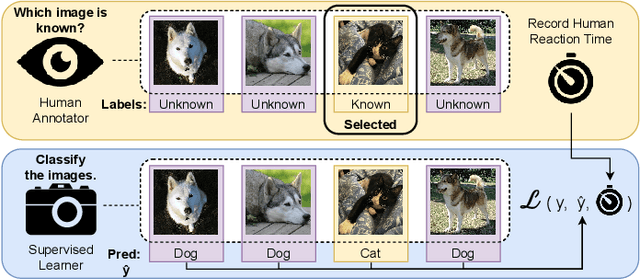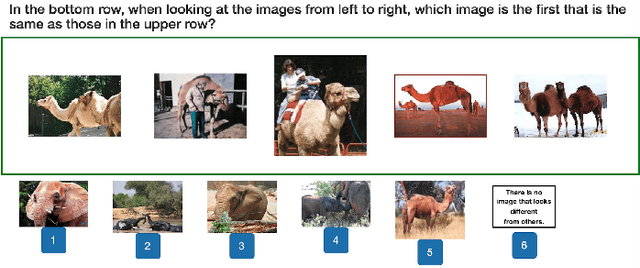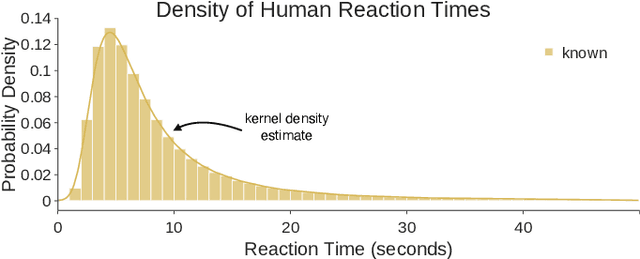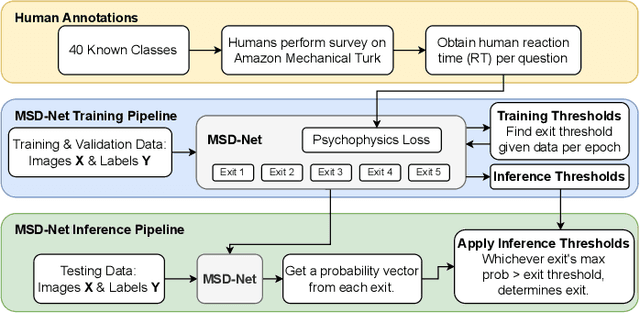Measuring Human Perception to Improve Open Set Recognition
Paper and Code
Sep 11, 2022



The human ability to recognize when an object is known or novel currently outperforms all open set recognition algorithms. Human perception as measured by the methods and procedures of visual psychophysics from psychology can provide an additional data stream for managing novelty in visual recognition tasks in computer vision. For instance, measured reaction time from human subjects can offer insight as to whether a known class sample may be confused with a novel one. In this work, we designed and performed a large-scale behavioral experiment that collected over 200,000 human reaction time measurements associated with object recognition. The data collected indicated reaction time varies meaningfully across objects at the sample level. We therefore designed a new psychophysical loss function that enforces consistency with human behavior in deep networks which exhibit variable reaction time for different images. As in biological vision, this approach allows us to achieve good open set recognition performance in regimes with limited labeled training data. Through experiments using data from ImageNet, significant improvement is observed when training Multi-Scale DenseNets with this new formulation: models trained with our loss function significantly improved top-1 validation accuracy by 7%, top-1 test accuracy on known samples by 18%, and top-1 test accuracy on unknown samples by 33%. We compared our method to 10 open set recognition methods from the literature, which were all outperformed on multiple metrics.
 Add to Chrome
Add to Chrome Add to Firefox
Add to Firefox Add to Edge
Add to Edge